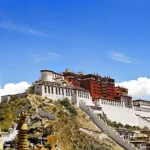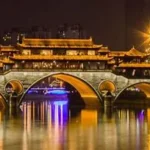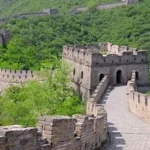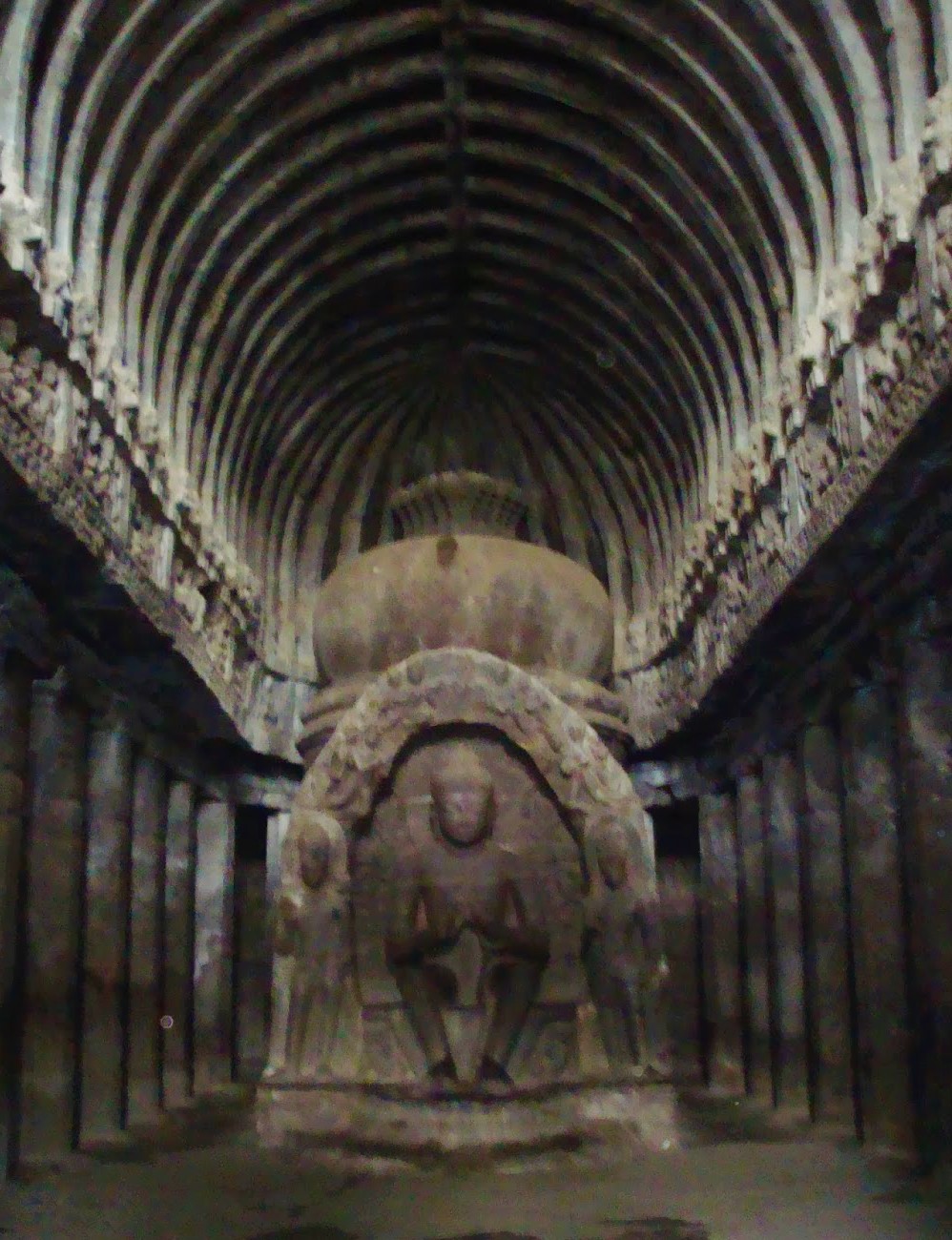
Ellora Caves
These 34 monasteries and temples, spread over 2 kilometers, are carved side by side into the walls of a huge basalt cliff, not far from Aurangabad, in Maharashtra. Ellora, with its unbroken series of monuments dating from 600 to 1000 AD, brings the civilization of ancient India to life. Not only is the Ellora complex a unique creation in technology, but in its sanctuary dedicated to Buddhism, Hinduism and Jainism, it reflects the spirit of tolerance that characterized ancient India.
History of Ellora Caves
Built between 600 and 1000 CE, the Ellora complex is located in the Sahyadri Hills of Aurangabad and is a 2-hour drive from the Ajanta Caves. The Ellora Caves include Hindu, Buddhist and Jain temples and more than 100 caves of which only 34 are open to society carved into the basalt cliffs of the Charanandari Hills. The Ellora Caves served as a home for pilgrim Buddhists and Jain monks as well as being a site for trade routes. There are 17 Hindu caves, 12 Buddhist and 5 Jain caves with deities, sculptures and even monasteries depicting legends of each religion. These caves built next to each other represent harmony and unity among all religions and beliefs.
Part of the Hindu and Buddhist caves were built during the Rashtrakuta dynasty, and the Jain caves were built by the Yadav kings. It is not well established in the first caves built – Hindu or Buddhist. Based on the archaeological finds in different places, it is thought that there are three main periods for the construction of Ellora Caves: the early Hindu period from 550 to 600 AD, the Buddhist period from 600 to 730 AD, and the last part. , the Jain and Hindu periods lasted from 730 to 950 CE.
Ellora Cave’s facts
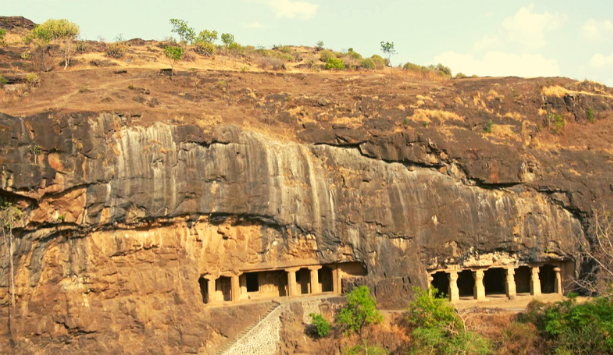
Ellora cave is known as “Verul Leni”.
The Great Kailasa (Cave 16) at Ellora boasts of being the world’s largest clearing. These caves date from around the sixth century AD to the eleventh and twelfth centuries AD.
The hollows filled in like frames are from the Ellora Caves of the Sahyadri part of the Deccan. These periods go back to the Cretaceous of the geological time scale (about 65 million years ago).
There is an inscriptional evidence associated with the Rashtrakuta dynasty, on the back of the mandapa in front of Cave 15. The earliest Buddhist caves would be Cave 6, built between 630 and 700.
The Great Kailasa (Cave 16) belongs to Krishna I (c. 757-83 AD), successor and uncle of Rashtrakuta Dantidurga.
Caves 1 to 10 and Cave 21 (Ramesvara) are the most common Kalachuris of Mahismati. A Brahmanical cave and two Buddhist caves (caves 11 and 12) are attributed to the Rashtrakuta period.
Ellora Caves are open from dawn to dusk every day of the week, except Tuesday. Grand Kailasa is a multi-storied independent temple, built to capture Mount Kailasa – the property of Lord Shiva.
The Dashavatara (Cave 15) at Ellora depicts the ten avataras of Lord Vishnu. The entrance to Ramesvara (cave 21) is decorated with images of river goddesses – Ganga and Yamuna.
Dhumar Lena (Cave 29) features a cave temple on Elephanta Island near Mumbai. Buddhist caves usually have viharas or enclosures, which include living quarters, sleeping quarters, kitchens, and other buildings.
Vishwakarma Cave (Buddha Cave 10) is known as the “cave of woodworkers” and has a 15-meter tall Buddha image, which is in a preaching position. Of all the Buddhist caves, the first nine (caves 1 to 9) are hot, while the last two – Do Tal (cave 11) and Tin Tal (cave 12) have three floors.
The Jain caves of Ellora are decorated with rare art and beautiful paintings on the partitions and ceilings; some of them are still indisputable. Chhota Kailash (cave 30), Indra Sabha (cave 32) and Jagannath Sabha (cave 33) are unique Jain caves.
There are a total of 34 monasteries and temples in Ellora. These temples are built on Charanandri hill. The Ellora Cave Temple covers an area of more than 2 km. These temples are carved side by side in an unbroken sequence, making them one of the most complex and unique temples in the world. Ellora Caves are dedicated to Buddhism, Hinduism and Jainism. Their presence in one complex shows the concept of tolerance which was a common way of life in ancient India. The modern temple of Ellora dates back to the fifth and twelfth centuries. All the caves are counted together and caves 1 and 12 are the oldest of the lot, dating back to the 5th century. These caves are Buddhist caves that show symbols of the Mahayana philosophy of Buddhism.
The most famous monument of all, the world-famous Kailasa temple is part of a Brahmanic group of caves (13-29). Kailasa Temple is located in 16 Caves and is one of the most beautiful temples in the world.
Caves 30 to 34 are Jain cave temples, and they were excavated between the ninth and twelfth centuries.



